Case study two - assessing significance step by step
Follow these simple steps to assess the significance of an object or collection in your museum. The following case study is an example of how this process is applied.
Excerpts taken from Part 3: The significance assessment process, (significance) A GUIDE TO ASSESSING THE SIGNIFICANCE OF CULTURAL HERITAGE OBJECTS AND COLLECTIONS Heritage Collections Council 2001
More information on the step by step process...
![]() Activity
Activity
In order to clarify the process of assessing significance select an item and follow the steps outlined in case study two.
Remember the item you select does not have to be of great commercial value.
Go to a friend or family member and ask them to give you access to something that they value.
Use the steps to establish its provenance and value.
For example: your gran's sugar jar, an old bottle or collection of bottles from a pharmacy, an aboriginal artefact, a bottle of ink from Griffiths book store or an electric shock machine.
Read this extract from The Idea of Perfection (pp 143 – 151) (168kb, pdf) by Kate Grenville. The Idea of Perfection was Winner of the 2001 Orange Prize for fiction. (Permission granted to reproduce this extract.) The page numbers are from the 2000 Edition published in Picador by Pan MacMillan, Australia, ISBN 0 33036206 2.
[Instructions on how to submit this will be provided by the training provider]

Have a look at the six research based samples shown below.
- If you don't do your research thoroughly, you might receive a letter (52kb, pdf) like this! Reproduced with kind permission of the author, Robert Cooke - several slight changes have been made to the letter in order to clarify meaning.
- Research work done by Robert Cooke on Henry Lawson’s desk.
You can see here that photographs have been taken and included in Robert's item file.
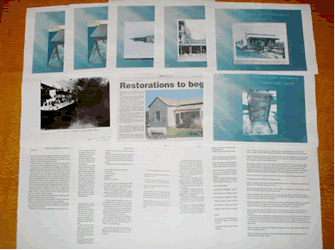
- Research work done by Myfanwy Thompson on the 'Dead Man's Penny' (328kb, pdf). Follow this research pathway as Myf explores war time memorabilia.
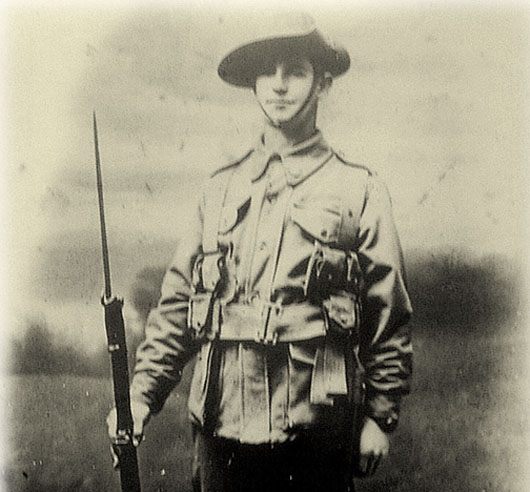
- Research work done by Andrew Blundell on the Both Iron Lung (34kb, pdf) housed at the Queanbeyan and District Historical Museum
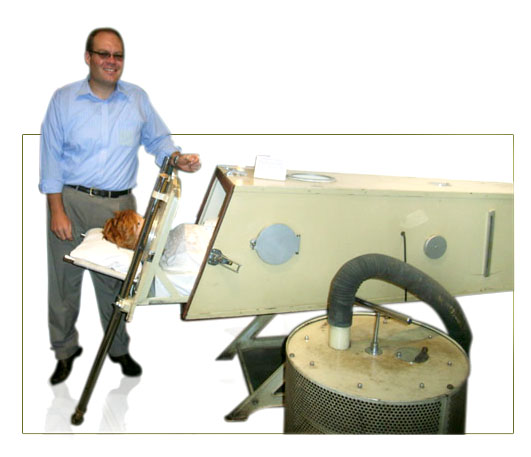
- Research work done by Max Brown on the CAB Wasp Ultralight Aircraft (356kb, pdf)
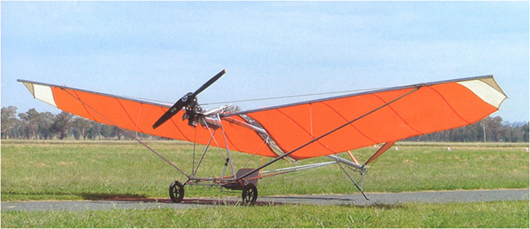
- Research work done by Dorothy Brown on the Travelling Trunk (1.6MB pdf)
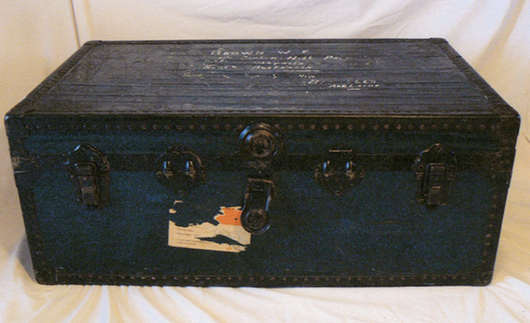
- Research work done by Margaret Walsh on the Mt Pleasant Cemetery (1.2MB, pdf)
